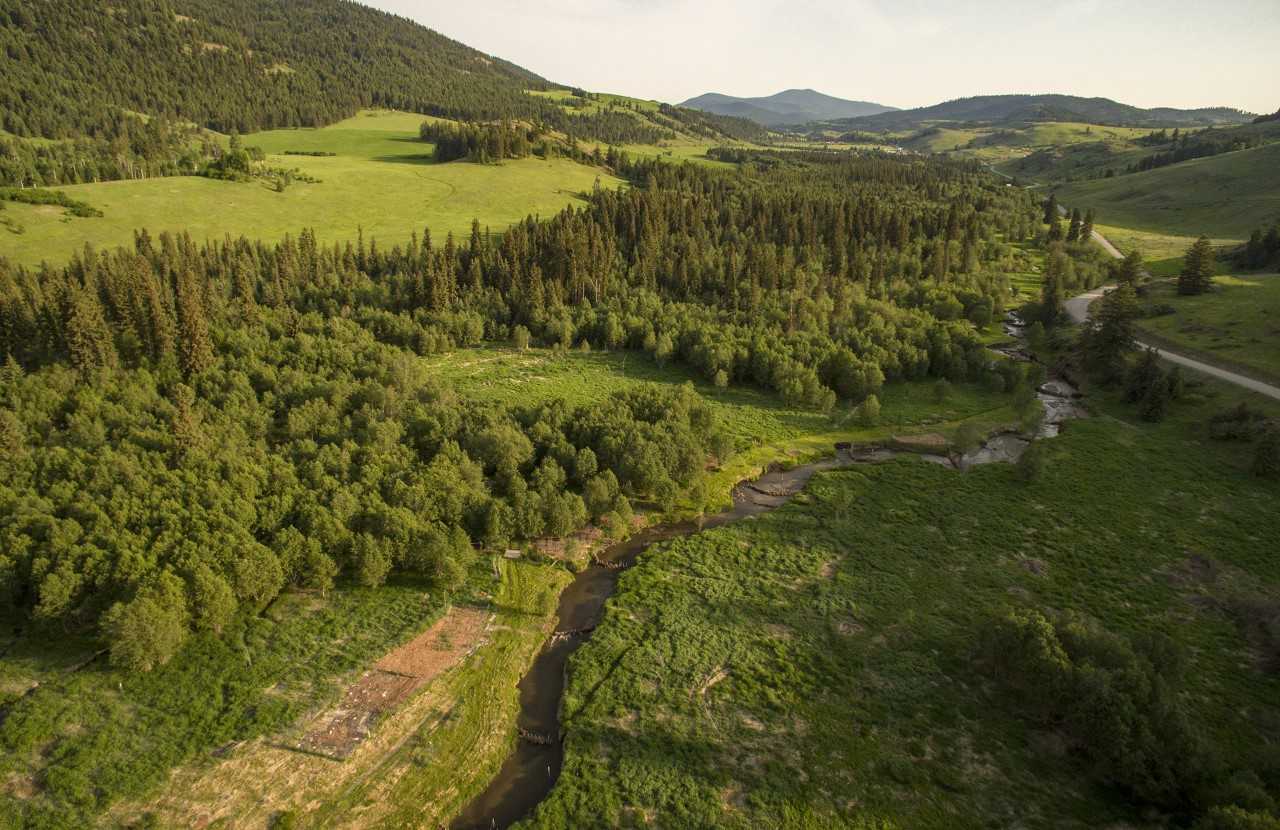By Crystal Elliot
What do watershed resilience, high-quality fish habitat and sustainable water supplies look like in the Intermountain West? Probably much like it did before western expansion and trapping decimated North American beaver populations in the 19th century.
Once numbering in the hundreds of millions, beavers played a principal role in how water moved and was stored on our landscape. Beaver dams and their hydrologic influence provide many essential ecosystem functions, including aquifer recharge, maintenance of instream complexity and high-quality fish habitat, buffering of fire impacts, riparian and wetland habitat enhancement, floodplain reconnection, sediment capture and moderation of streamflows and temperature.
Triple Creek from Trout Unlimited on Vimeo.
These functions make entire watersheds healthier and more resilient to climatic changes. The ability of fish populations to adapt in the face of a changing climate where droughts, catastrophic fires, stream temperature spikes, and large flood events — all of which are increasingly common — is vital to trout and those who pursue them.
The emerging restoration technique of mimicking beaver dams with beaver dam analogs (BDAs) is booming in popularity because of its effectiveness, relative ease of construction, adaptability, and low cost. The Triple Creek Project near Chesaw, Wash., is a case in point for harnessing the power of BDAs to restore a heavily-incised stream channel and a degraded wet meadow ecosystem. In just two years, BDAs have jumpstarted ecological recovery at Triple Creek by supporting natural beaver recolonization, reducing stream velocities to re-meander the stream and increasing floodplain connectivity. All of this improves in-stream habitat for native redband trout and restores wetland hydrology.
Crystal Elliot is Washington state habitat director for Trout Unlimited



